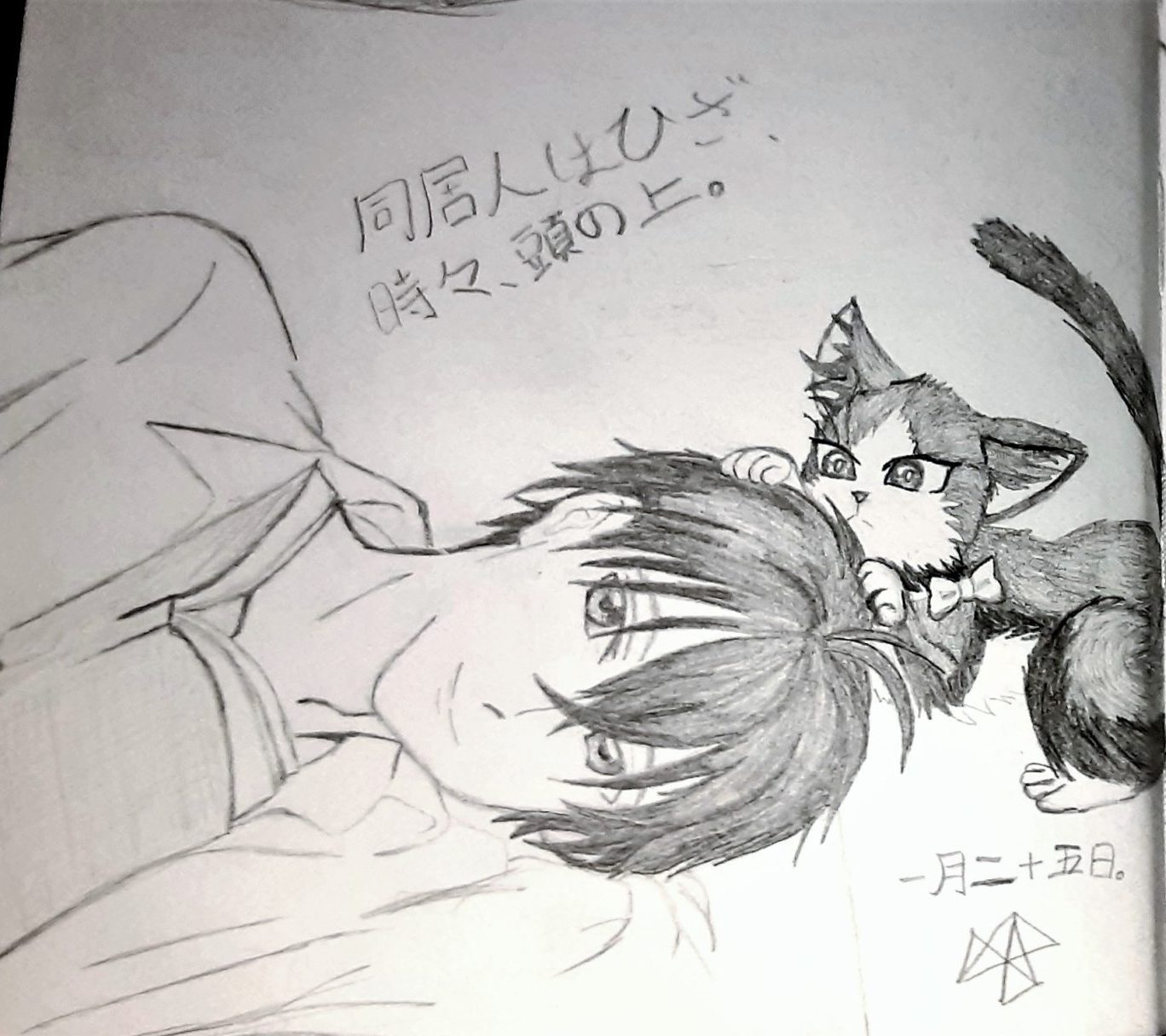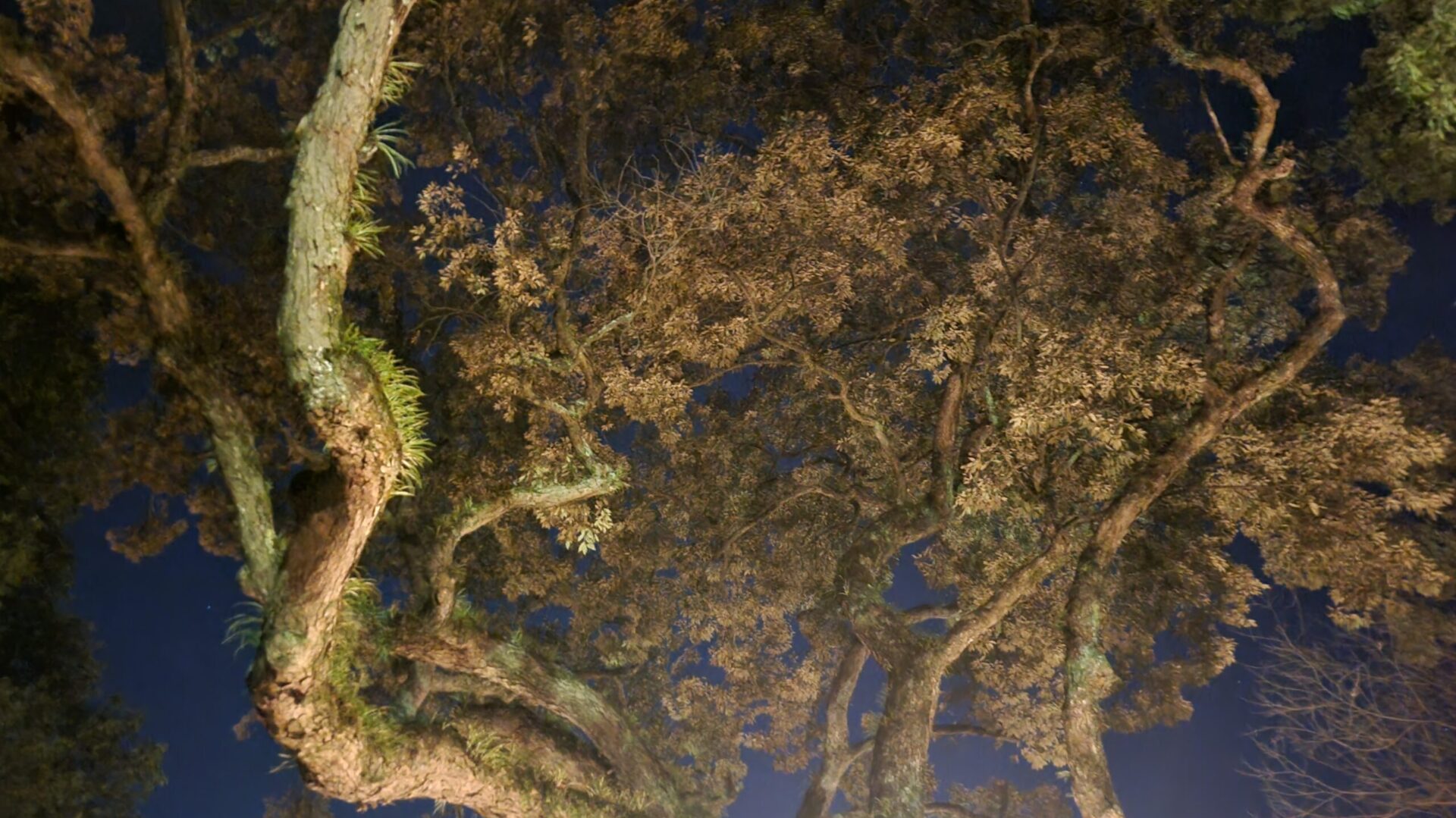While not all of my work so proudly displays it as what follows this introduction, I’m a nerd about Japan. I have a hard time getting away from the impact Asian philosophies, language, medias and cultures has had upon my mind. It’s little wonder then, that I have at various times tried my hand at imitating their distinctive brand of poetry. Here are some examples.
Men think they are gods
Unstoppable in everything
But what do we know?
Men think themselves great
That other men should bow down
But all men must die
The sun is lovely
Casting glorious, bright rays
So bringing today
The sun blinds the eye
and softens the heart and soul
Until it kills you
Wheat-thins are a treat
But savory, not sweet
Nutrient replete
Weeping is for nights
When only you can see it
Avoid daytime sighs
Breathe, because it is
Very difficult to do
When it comes to you
Kindness is a cure
Offering joy to those near
Wiping away tears
I hate that haiku
It’s patterns are so not smooth
That art form should die
(Evidently, I was not feeling terribly sincere when I wrote this)
Dark is the real world
Still darker the mind’s eye
But how dark the soul
Can men know the ways
Of the everlasting God?
I fear they cannot
Are we simply worms?
On the hook of life, the bait
For the fish of death
Great is the question
“Why”. It is poison to those
Who cannot answer
Yet for those who can
It’s the end of all mysteries
Sight for those who see
As you can see, I found it remarkably easy to express a wide variety of thoughts and feelings using this particular format. But that was before I knew what real Japanese haiku is like.
In the process of writing the Japanese haiku, running them by my inexorably patient Japanese teacher, rewriting, and repeating, I discovered there was a lot more to haiku than just the 5-7-5 syllable count I’d been privy to before. For example, I was introduced to the general rule of thumb which states that the first line should contain a seasonal or nature-related word, the second line should expand the scene, then the last line should explain (or at least hint at) what you’re actually talking about. Further, there’s this sense that one should talk in generalities, and leave the interpretation to the reader. It reminds me of Proverbs, if the proverbs weren’t allowed to be “on-the-nose”.
Since the poems below were originally written in Japanese, they have been translated for your convenience.
庭は新緑 (In the garden, new leaves)
コロラドの山 ([But] Colorado mountains)
春スキー ([has] spring skiing)
茶色鳥 (The robin)
くさに飛び込む (hops in the grass)
猫の爪 ([into] the cat’s claws)
太陽で (By the sun)
いしが熱っする (the stone bakes)
蛇寝床 (A snake’s bed)
勉強し (I study)
頭が痛くて (my head hurts)
アイスが欲しい (and [all] I want is ice cream)
Thanks for reading, and I hope you had fun learning a bit more about Japanese haiku. If you’d like to see more creative work saturated in Japanese culture you should check out my books here, or read the chronicles of my adventures when I went to Japan in 2019, here.




